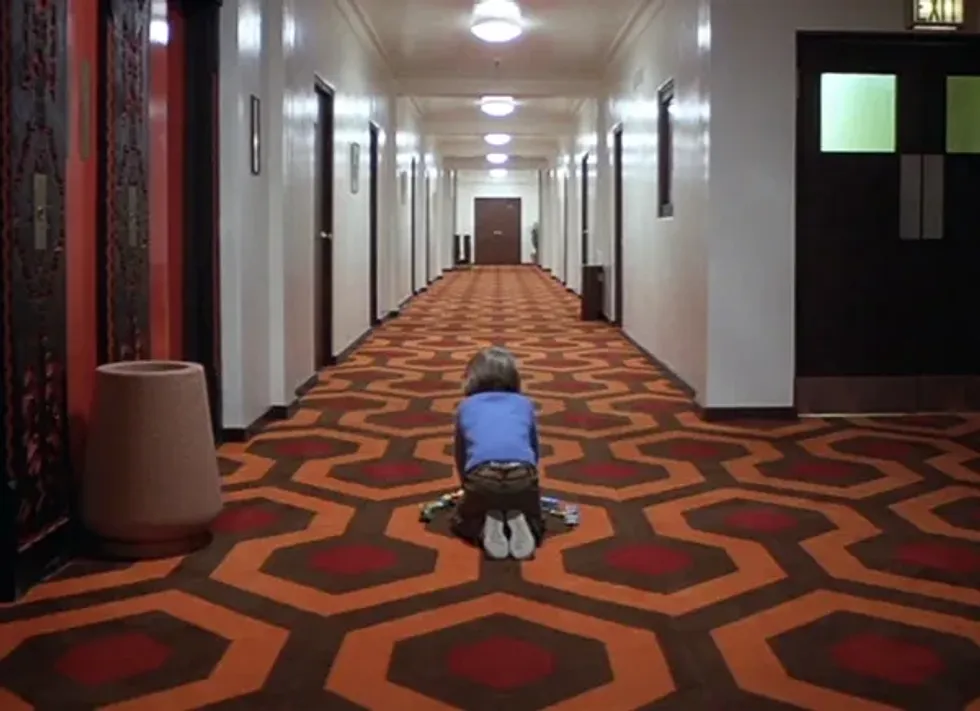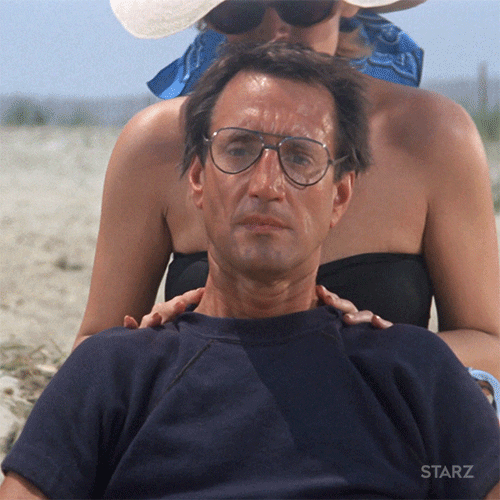
There’s something about Horror Week that makes me incredibly happy. Everyone coming together and devoting themselves to the same genre fills me with joy.
Another thing I love about it is everyone sharing terrifying movies we’ve seen with each other.
In the month of October, I try to watch at least one horror movie a day. After a while, you pick up on the tropes of the horror genre. What sets it apart is not just the spine-chilling plots, but the way stories are visually conveyed. This involves a series of meticulously crafted camera angles and movements that induce tension, suspense, and terror.
Let’s delve into some of these essential techniques that can elevate your horror production.
Learn Essential Camera Angles and Movements For Horror Movies and TV Shows
The visual language of fear is not just written in the script or performed by the actors; it’s crafted by cinematographers, one shot at a time.
I picked out a series of angles and movements that appear in many or most horror movies, and that should be part of your repertoire if you’re going to make a horror movie.
We can go over them together below.
1. High Angle Shots

Often used to make characters appear vulnerable or insignificant, a high-angle shot looks down upon its subject. In the horror context, it can represent a looming threat or the feeling of being watched, setting an unsettling tone for the audience.
- Example: In Stanley Kubrick’s The Shining, a high-angle shot is used to show Danny (Danny Lloyd) riding his tricycle through the hallways. The overhead view makes Danny look vulnerable, emphasizing the vastness and eeriness of the hotel.
2. Low Angle Shots

The opposite of high-angle shots, these makes characters or elements seem larger and more dominating. It can be used to make an antagonist appear more menacing or to amplify the scale of an eerie environment.
- Example: Psycho by Alfred Hitchcock employs a low-angle shot when Norman Bates is seen peering into the motel room. The angle makes him appear menacing and looming.
3. The Dutch Angle

This involves tilting the camera so that the horizon is skewed. It creates a sense of imbalance, unease, and disorientation—perfect for conveying a character’s psychological distress or the world being “off-kilter.” Also called the Dutch tilt.
Example: The Third Man has several scenes where the camera is tilted, creating an off-balance feel, especially in the shadowy streets of post-war Vienna.
4. Close Ups

Extreme close-ups, especially on a character’s eyes or mouth, can be very effective in horror. Whether it’s the fear in someone’s eyes or the slow curvature of a sinister smile, these shots can pull the audience into the raw emotion of the scene.
- Example: The iconic scene from Jaws where Chief Brody (Roy Scheider) sees the shark attack from the beach uses an extreme close-up of his eyes, emphasizing his horror.
5. Dolly Shot or Tracking Shot

A smooth tracking dolly shot following a character can build suspense, especially if the audience senses a threat nearby. Think of those tense moments when a character is being stalked, and the camera relentlessly follows their every move.
- Example: Halloween uses a long tracking shot from Michael Myers’ walking through his home and committing his first act of violence.
6. Point Of View Shots

Allowing the audience to see through a character’s or even the antagonist’s eyes can be both engaging and terrifying. It creates a personal connection to the unfolding events, making the viewer feel directly involved in the horror.
- Example: In The Blair Witch Project, many scenes are shot from the perspective of the characters’ handheld cameras, making audiences feel like they’re experiencing the horror firsthand.
7. Zoom Shot

A sudden zoom can shock the audience, highlighting a crucial horror element. Conversely, a slow pull-out can reveal something horrifying in the broader scene, increasing the feeling of dread as the full picture comes into view.
- Example: In Rosemary’s Baby, a slow pull-out is used in the bedroom scene, gradually revealing the coven surrounding Rosemary.
8. Jib or Crane Shots

A crane shot is often used to provide an expansive view of the setting. In horror, it can emphasize isolation, such as a lone house in the middle of nowhere, setting the stage for the terror within.
- Example: The Evil Dead uses a crane shot to show a bird’s-eye view of the cabin, emphasizing its isolation in the woods.
9. Handheld Shots

A shaky, handheld shot can give the scene a raw and immediate feel. It’s great for chase sequences or moments of extreme panic, pulling the viewer into the chaos.
- Example: The entirety of Cloverfield is presented as found footage from a handheld camera, adding realism and urgency to the chaos.
10. Dolly Zooms

Pioneered in Hitchcock’s Vertigo, this technique involves zooming in while pulling the camera back, or vice-versa. The resulting visual distortion creates a disorienting sensation, perfect for moments of realization or intense fear.
- Example: Spielberg paid homage to Hitchcock in Jaws when he employed the dolly zoom on Chief Brody’s face as he realized the shark’s presence. The background appears to shift while Brody remains in focus, intensifying the dread.
Remember, sometimes what’s left unseen, hinted at by clever camera work, can be just as horrifying as what’s shown explicitly. So, experiment, practice, and most importantly, trust your instincts.
Let me know what you think should be added to this list in the comments.

Author: Presented By
This article comes from No Film School and can be read on the original site.
